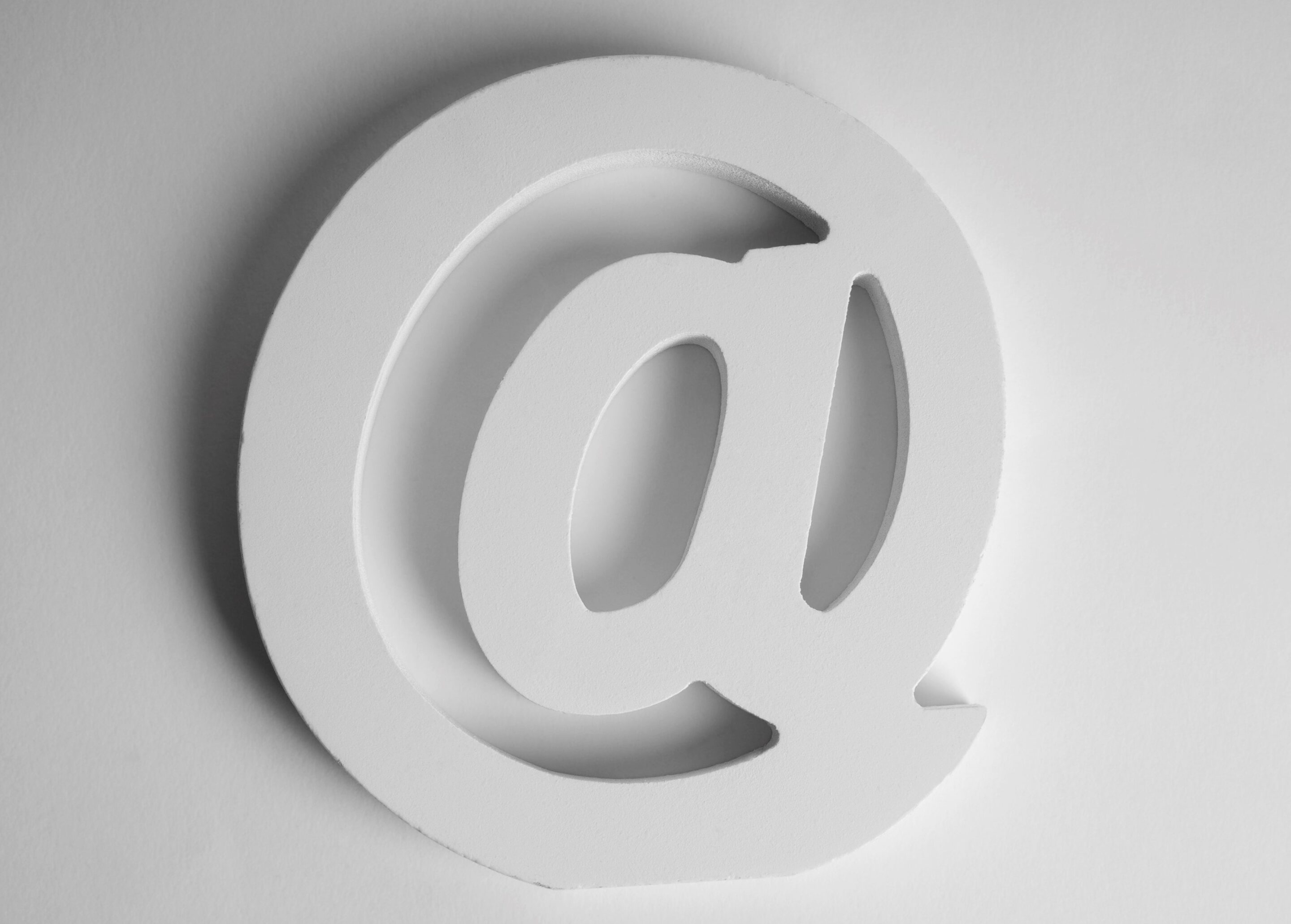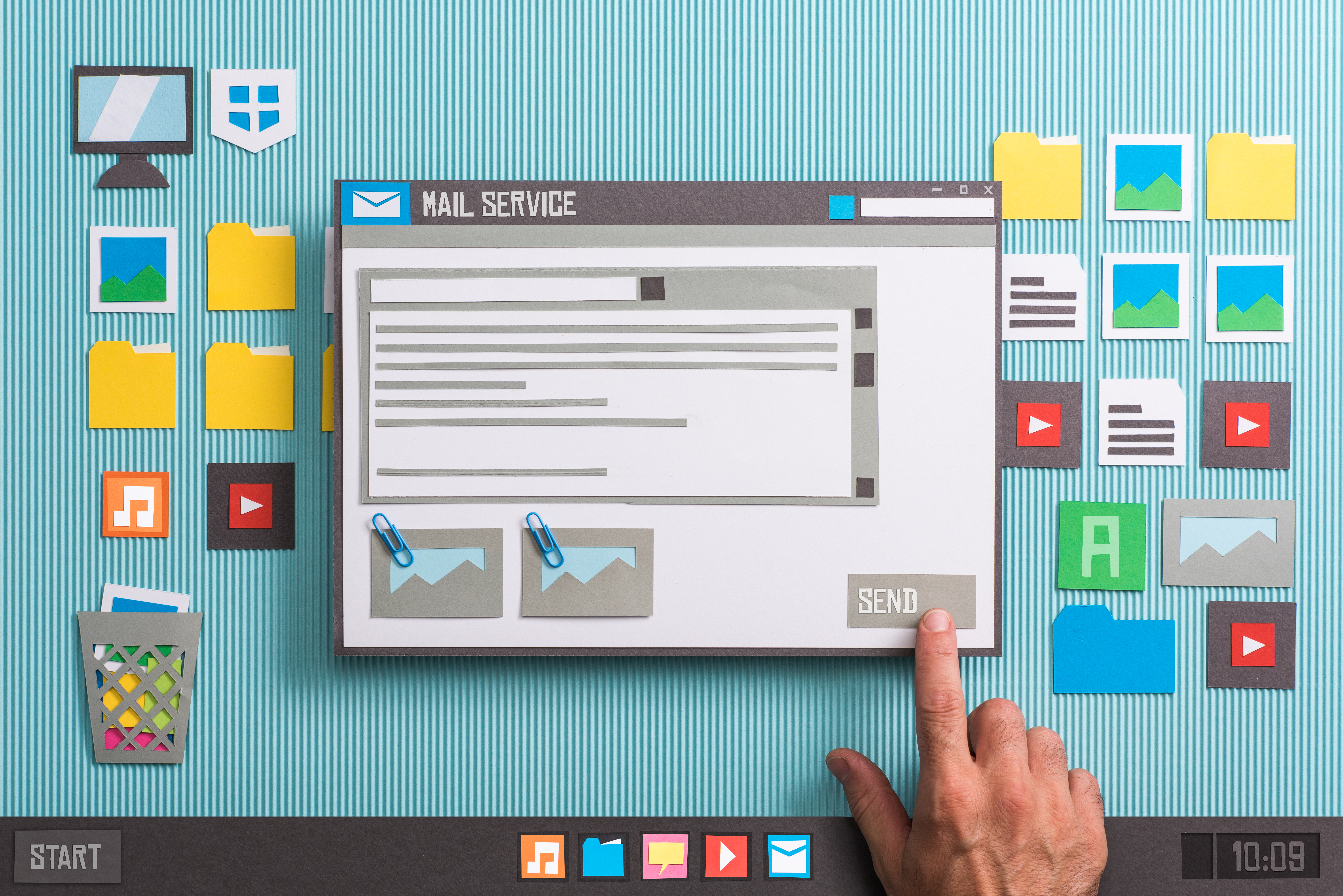If you don’t enjoy your current email provider, you don’t have to stay with them. You can switch email providers any time you like. But you may be concerned about the valuable emails you’ve saved or archived. Will they be left behind?
No! – Not with email migration.
However, email migration is more complicated than opening a brand-new account with a different provider. There is a lot of data that you can move over to the new email client.
In this article, you will discover why you should migrate emails and how email migration works. Use the information here to decide whether it’s right for your small to medium business, and speak with an expert about the process.

The Purpose of Email Migration
There are a variety of reasons why you may want to transfer your company mailboxes. Although an email service provider switch is the most common scenario, there are more complex possibilities.
Upgrades:
When a new version of an email system is deployed, you may need to migrate your data over to the updated software. Some email clients migrate your information for you, but not always.
Email clients are competitive, which means some will have features that others don’t. If one email client has features that serve your needs more, you may want to migrate your emails to that server. Otherwise, you can’t reap the benefits of those capabilities.
Merges:
Sometimes you may need to combine the saved data, such as contacts, emails, and other records. There are two or more email addresses that your company uses that you want to consolidate into one.
Many employers like to merge the emails of employees who have left their company. This allows the business to pick up where its ex-employee left off.
Data Protection:
There are times when email migration is carried out in order to back up or protect data. Especially when considering compliance legalities such as HIPAA laws, email migration can be a great option.

What is Transferred During Email Migration?
When an email account is migrated, certain things must be moved over. They include:
- End User Account
- Password
- Inbox
The following services and settings may also be transferred from the old email system to the new email system, depending on the features available:
- Whitelists
- Blacklists
- Contacts
- Calendars
- Appointments
- Forwards
- Tasks
- Aliases
- Users
A new email service should be capable of white-label branding with alternative company colors and logo if the chosen solution supports this feature. Albeit, it might require a new set-up rather than be carried over automatically.
What needs to be done?
Let’s review the list of data that needs to be migrated when you need to white-label emails:
- Web addresses
- Web admin addresses
- POP / IMAP addresses
- Hostnames for:
- POP
- IMAP
- HTTPS
- SMTP
The Email Migration Process
Email Migration is a multistep process that can take anywhere from hours to months, depending on the size of your company. A small company email migration will usually be finished outside of business hours within one day. But a multi-billion dollar company has a lot more data to move over, and doing so properly without error can take up to 90 days to complete!
To help you to understand the entire email migration process, we will go over each step.
- Discuss, Organize, and Plan
In order to migrate your project successfully, a qualified professional will first learn about your unique needs. Then he or she will provide recommendations based on those needs. Once the full strategy is set, the plan can be tested.
- The Pilot Test
Next, an email migration test run (pilot) will be planned and implemented to ensure a successful data transfer. We want to be certain that the process will be efficient and fast. The pilot test helps to guarantee that your email migration will go smoothly and deadlines will be fulfilled.
- The Settings (a.k.a. Configuration)
Once the pilot test is finished, the real email migration can begin. We can speed up this process by using smart configuration technologies. These automatically default to the most optimal settings for your specific migration case.
- Transfer the Data
Now it’s time to pull all the data. In order to do this, experts use scale processing over a distributed network of machines operating in parallel to migrate your data from one email client to the other.
- Check for Errors
Once it’s finished, the last step is to check the results and correct any issues. When a successful email migration is confirmed, your company will be notified that the transfer is complete.
Email Migration Made Easy
Switching from Gmail to Office 365 is a big undertaking, but it doesn’t have to be painful. The IGTech team has performed email migration hundreds of times with ease! For a smooth transition to a new email system, choose IGTech365. Get in touch with us to speak with an expert today.



Recent Comments